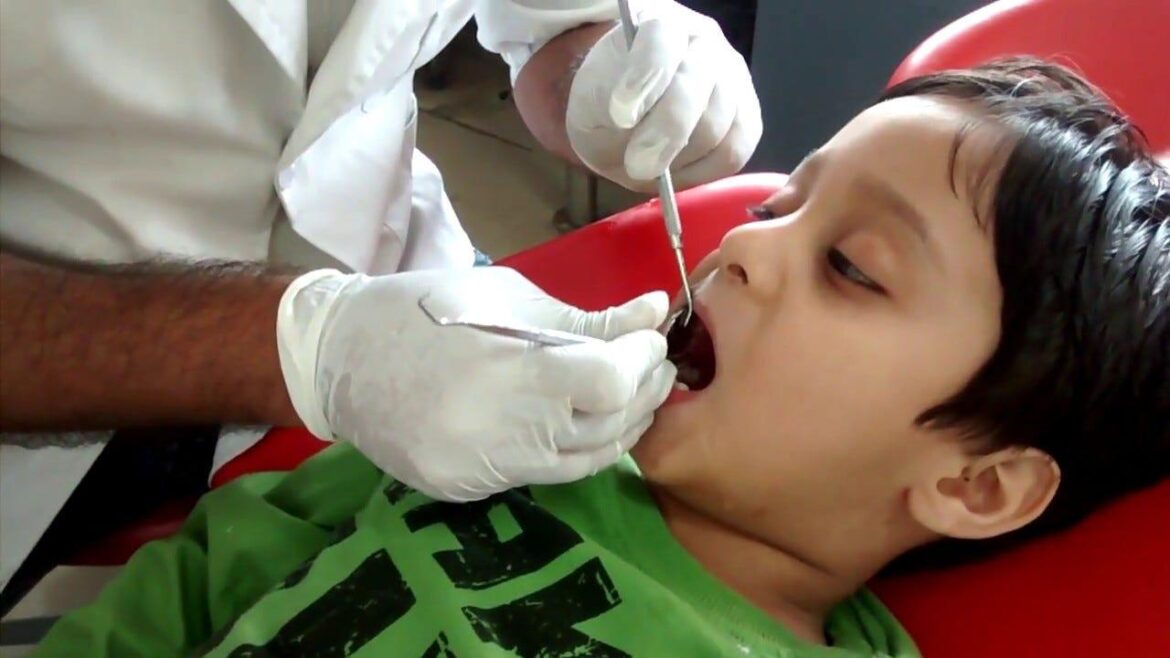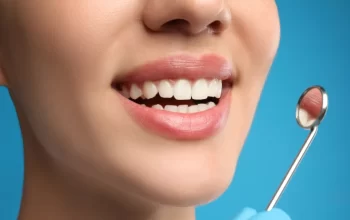Most parents have seen their children’s fallen milk teeth many times. When these teeth fall out, their roots are completely eroded. In such a way, the loose tooth falls easily, even by biting the food. This causes some parents to think that these teeth do not have roots!
According to a professional dentist performing endodontics in Toronto, all milk teeth, whether anterior or posterior, have roots that are at least 10 mm long. These teeth have several separate roots at the back of the jaw. Baby teeth have all the components of permanent teeth. Like all teeth, milk teeth have two parts, crown and root, which include enamel, dentin, and pulp tissue called the tooth nerve.
Types of Root Canal Treatment of Children’s Teeth
Denervation of milk teeth is done in two ways according to the tooth’s condition and a pediatric dentist’s diagnosis. In the first case, only the pulp tissue of the crown of the tooth is removed, but in more extensive inflammations, the pulp tissue of the tooth roots is also removed.
These two different methods are called pulpotomy and pulpectomy:
- Pulpotomy: Treatment and removal of the coronal nerve.
- Pulpectomy: Treatment and removal of the nerve of the crown and root of the tooth
Pulpectomy is a more invasive treatment and is performed when there is usually severe inflammation. The work steps of each of these treatments have differences with permanent teeth denervation.
In What Cases Is Root Canal Treatment Recommended?
The child should have regular dental visits every six months, and the teeth to be thoroughly examined because otherwise, sometimes the baby teeth cannot be preserved even with root canal treatment.
In some cases, the inflammation of the tooth root has spread so much that it is harmful to the bud of the permanent replacement tooth, or it has caused the decay of the root of the baby tooth prematurely. In these cases, the baby’s tooth cannot be treated with root canal treatments. We will have to extract the baby’s tooth.
After the extraction of milk teeth earlier than the scheduled time, devices called space maintainers should be placed in the child’s mouth to maintain the space needed for permanent tooth growth.
How to Treat Children?
Root canal treatment needs a radiograph; after viewing it by a pediatric dentist, the tooth in question will be numbed, and the caries will be removed.
If the inflammation is limited to the crown of the tooth, after removing the nerve of the crown of the tooth, special pastes will be placed inside the tooth, and then the milk tooth will be repaired and coated.
If inflammation of the tooth root is involved, the nerve of the tooth root must be removed with special tools, the inside of the root and crown of the baby tooth must be filled with special pastes, and then the baby tooth must be repaired or coated.
Prevention of Tooth Decay and Denervation
To prevent tooth decay or before the tooth decay increases to the extent that the tooth nerve is involved, it is possible to prevent tooth decay by doing some preventive actions.
Oral hygiene:
Use of toothbrush and dental floss
Fissure sealant:
Using fissure sealant, the grooves of permanent teeth are filled with special materials to prevent food from accumulating on them.
Fluoride:
It is applied on the teeth every 4 to 6 months, and the healthy surfaces of the teeth become resistant to decay.



